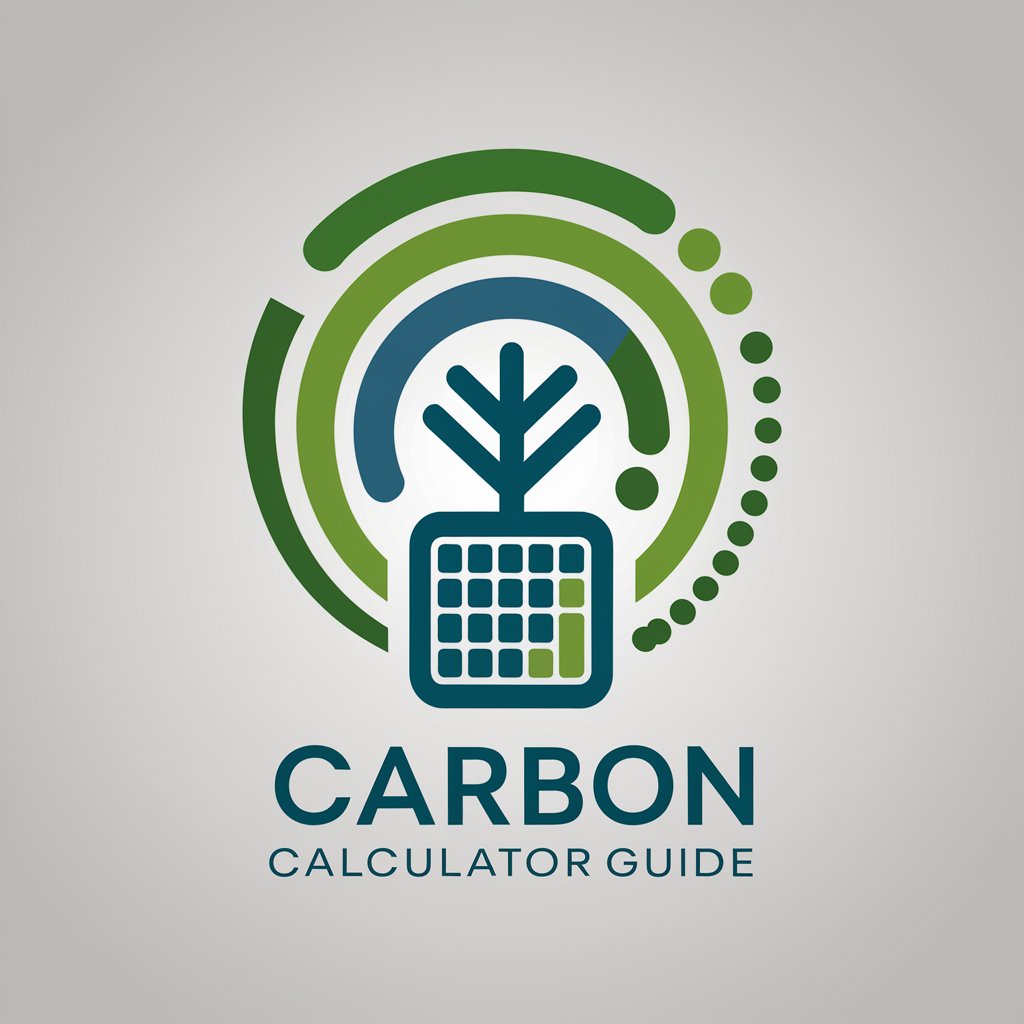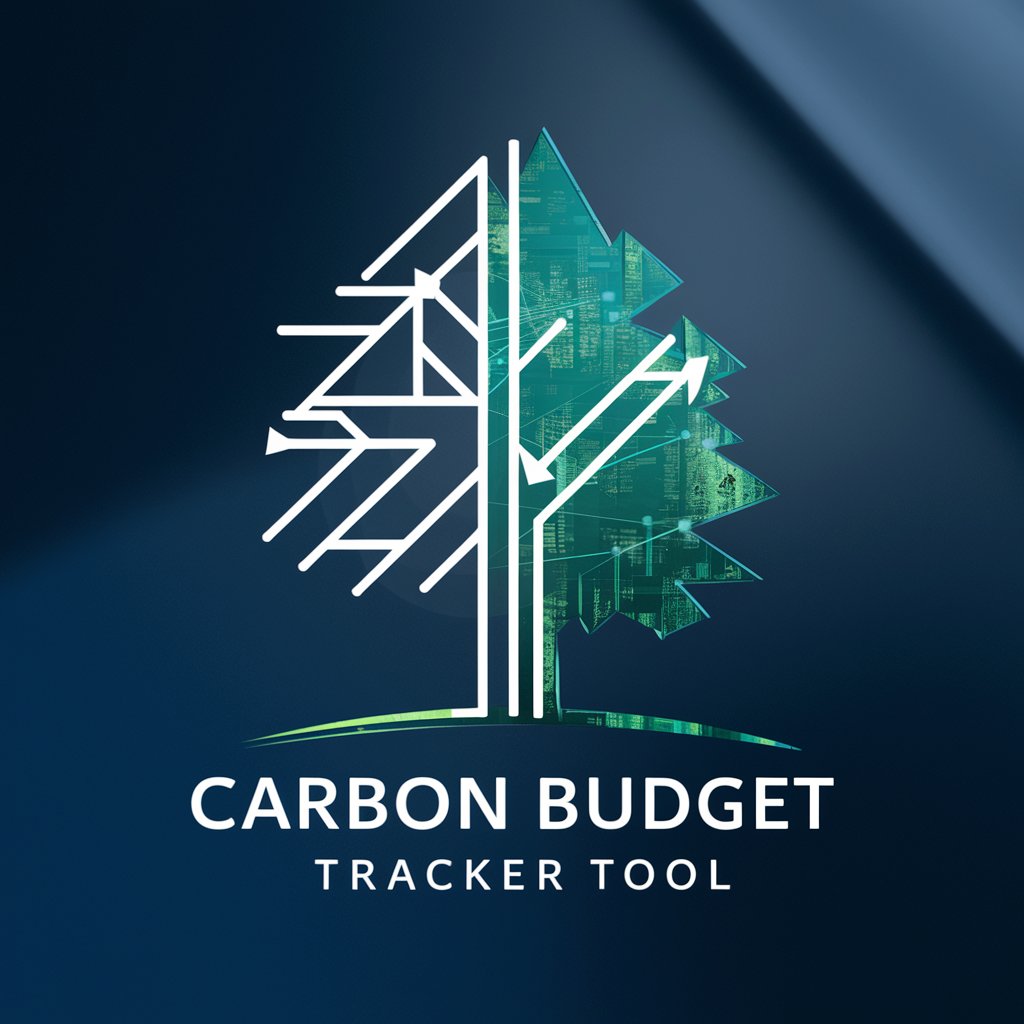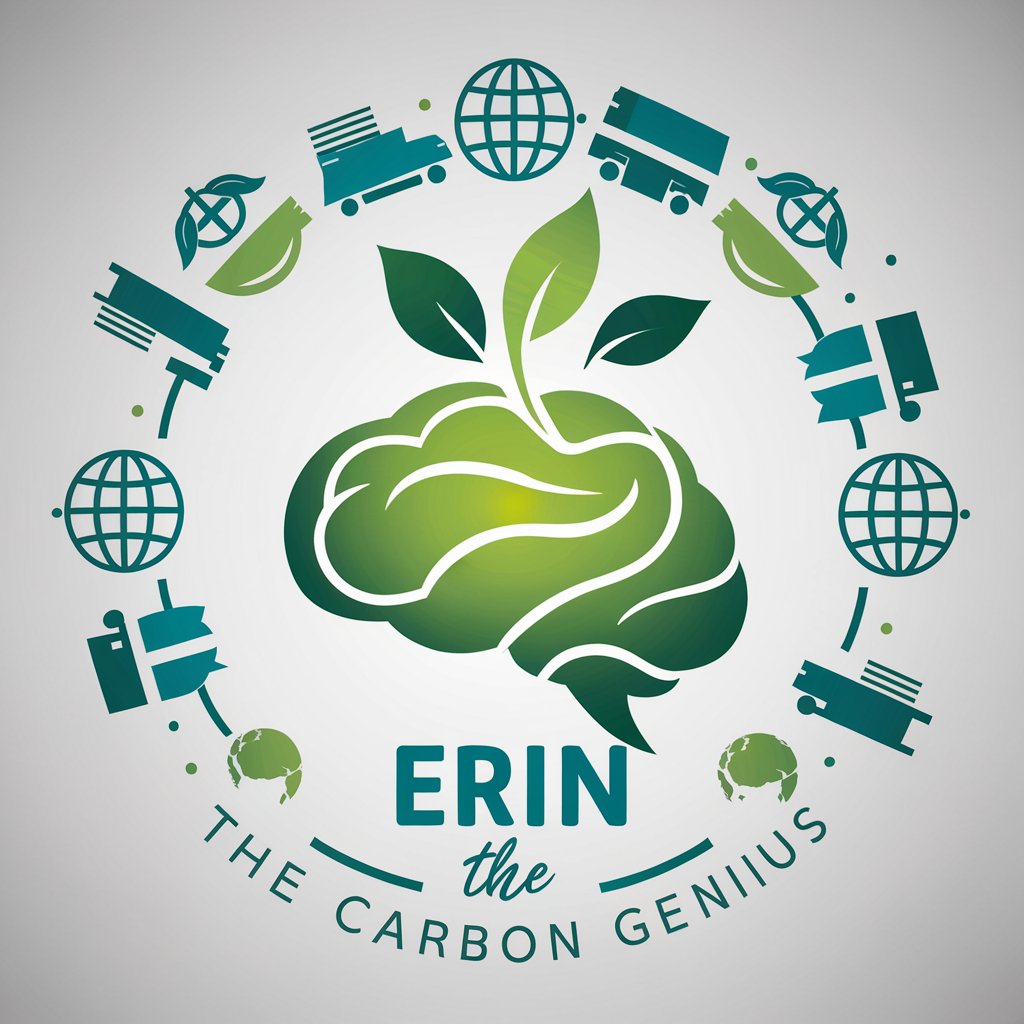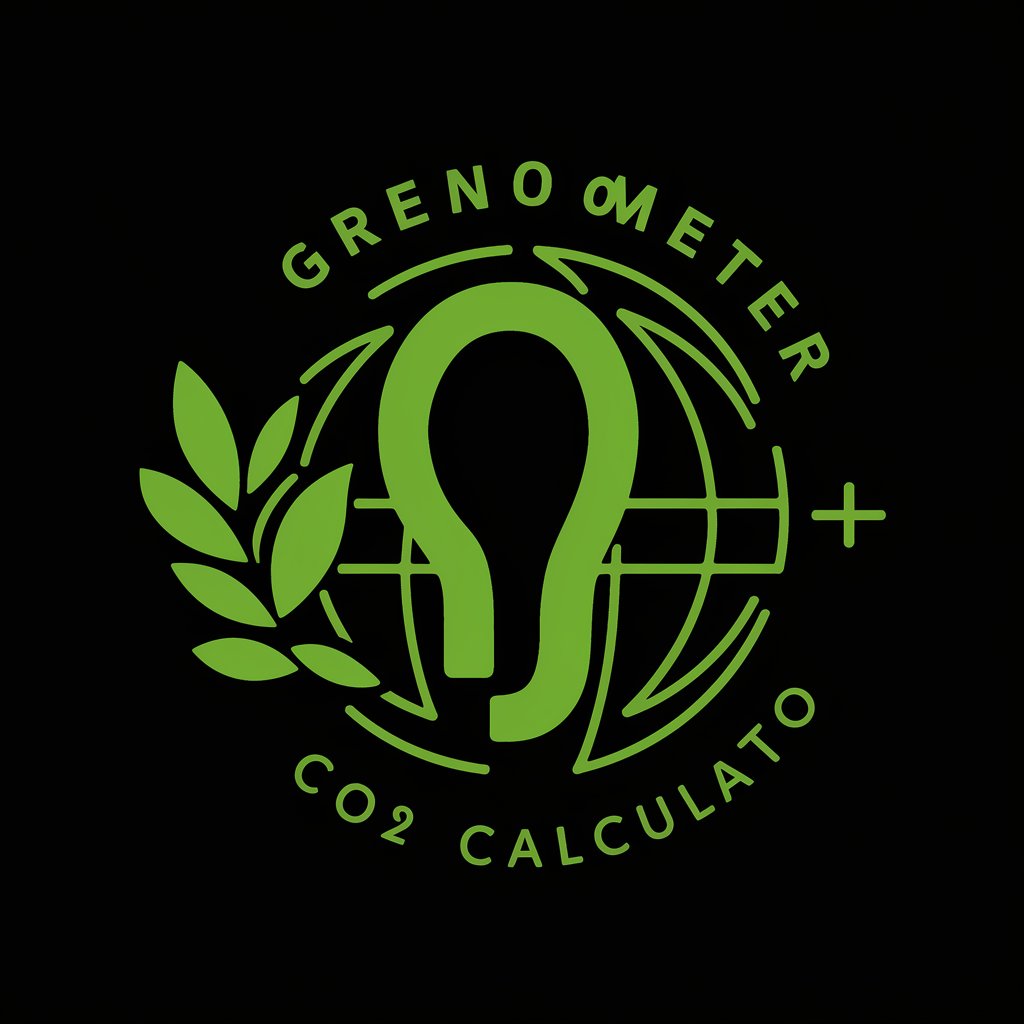
Carbon Calculator Guide - Carbon Footprint Calculation

Welcome! Let's simplify carbon footprint calculations together.
Simplify Your Sustainability Journey
Explain the process of calculating an organization's carbon footprint, focusing on data collection and conversion factors.
Describe the different scopes of greenhouse gas emissions and how they impact carbon footprint calculations.
Provide an overview of the methods used to calculate the carbon footprint of a product from raw materials to disposal.
Discuss the importance of setting boundaries in carbon footprint analysis and the challenges involved.
Get Embed Code
Introduction to Carbon Calculator Guide
The Carbon Calculator Guide is specifically designed to assist users in understanding the methodologies and calculations involved in determining the carbon footprint of products. It aims to simplify the complex processes outlined in documents such as the 'Toffel Carbon Background Note.' By providing step-by-step guidance, it helps users break down calculations related to greenhouse gas emissions from various stages of a product's lifecycle, including manufacturing, use, and disposal. For instance, the guide can walk a user through calculating emissions from the raw materials extraction phase, production processes, and distribution, making it easier for businesses or educational users to visualize and manage their carbon output. Powered by ChatGPT-4o。

Main Functions of Carbon Calculator Guide
Educational Tool
Example
Teaching a university class on sustainable business practices, using the guide to demonstrate how businesses calculate and report their carbon emissions.
Scenario
A professor uses the guide to explain the different scopes of emissions (Scope 1, 2, and 3) and how companies like Apple or Harvard Business School apply these scopes in their sustainability reports.
Business Application
Example
A company uses the guide to calculate the carbon footprint of a new product line to meet regulatory requirements and enhance their market competitiveness.
Scenario
A manufacturing company utilizes the guide to assess the carbon footprint of their entire product line, helping them to identify key areas for emissions reduction and compliance with international standards like the Greenhouse Gas Protocol.
Regulatory Compliance
Example
Helping businesses adhere to international and local environmental regulations by providing detailed examples and methodologies for carbon footprint calculation.
Scenario
A business needs to comply with the Kyoto Protocol's emission reduction requirements. The guide assists in establishing the boundaries for GHG emissions reporting and calculating both direct and indirect emissions accurately.
Ideal Users of Carbon Calculator Guide Services
Environmental Educators
Academic professionals and trainers who require detailed, accurate methods and examples to teach the concepts of carbon footprint and sustainable practices in business and environmental science courses.
Corporate Sustainability Officers
Professionals responsible for managing and reporting their company’s carbon footprint can utilize the guide to ensure accuracy and adherence to international standards, thereby enhancing the credibility and environmental responsibility of their organization.
Government Regulators
Officials who oversee compliance with environmental regulations can use the guide to understand how organizations calculate their emissions and verify the accuracy of reported data against regulatory requirements.

How to Use Carbon Calculator Guide
1
Visit yeschat.ai to start using Carbon Calculator Guide without needing to sign in or subscribe to any premium plans.
2
Select the document or data source for which you need to calculate the carbon footprint. This could include product lifecycle data, energy usage records, or transportation logs.
3
Input the required data into the calculator fields. This might include amounts of raw materials used, energy consumed, and waste produced.
4
Review the emission factors and calculation methodologies suggested by the tool, ensuring they align with the latest standards like the GHG Protocol or ISO 14064.
5
Analyze the results which will provide the total GHG emissions in terms of carbon dioxide equivalents. Use these insights to make informed decisions about emission reductions and sustainability strategies.
Try other advanced and practical GPTs
Carbon Chat (Beta)
Empowering Sustainability with AI

O.L.I. (Operational Liaison for Inventors)
Empowering Inventors with AI Guidance

Viktoria aka "Artistic Visionary"
Revolutionizing art creation with AI

NEX: PitchDeck Excellence Assistant
Craft Your AI Pitch with Precision

Poster Maker in Frames
Design, Frame, and Personalize with AI

IA. ibaguiar licores 24 horas
Bringing the party to your door, anytime.

Carbon footprint for schools
Empowering schools with AI-driven carbon management

Carbon Budget Tracker
Empowering businesses with AI-driven carbon management.

Erin the Carbon Genius
Optimize Logistics with AI-Powered Carbon Insights

Millionare
Challenge Your Mind, AI-Enhanced Trivia!

AI Ranks Your Grammar IQ!
Enhance your vocabulary through AI-driven contextual quizzes.

GPT Communicator
Streamlining AI Interactions, Effortlessly

Frequently Asked Questions about Carbon Calculator Guide
What is the primary purpose of the Carbon Calculator Guide?
The primary purpose of the Carbon Calculator Guide is to assist users in calculating the carbon footprint of products, services, or organizations by providing detailed guidelines and methodologies based on standards like the GHG Protocol.
Can Carbon Calculator Guide help with Scope 3 emissions calculations?
Yes, it can assist with Scope 3 emissions calculations by helping users identify and quantify indirect emissions which are often the most complex to measure, such as those associated with transportation, manufacturing, and disposal.
Is the Carbon Calculator Guide suitable for small businesses?
Absolutely, it's designed to be user-friendly for all business sizes. Small businesses can particularly benefit from its simplified approach to estimate emissions without needing extensive resources.
How does Carbon Calculator Guide ensure accuracy in its calculations?
The tool uses up-to-date emission factors and follows internationally recognized methodologies to ensure that the calculations are both accurate and compliant with global reporting standards.
What are some tips for optimizing the use of Carbon Calculator Guide?
To optimize the use of the tool, ensure all data input is accurate and comprehensive, regularly update the emission factors according to the latest data, and utilize the tool’s reporting features to track and compare emissions over time.





